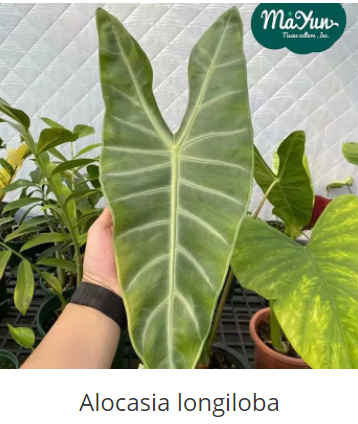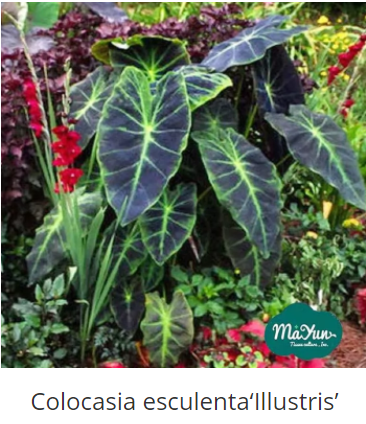- Call Us
+86 186 8886 6600
+86 186 8886 6600
Calla lily is a flowering plant in the family Tenebrionaceae, often grown for its distinctive "elephant ear" leaves. Native to China and East Asia, longiloba has gray-green leaves with white veining. The leaves grow on burgundy petioles. Here calla lily plant supplier shares some solutions to problems you may encounter during the growing process.

Alocasia longiloba is a temperamental genus of plants. Moving them from the heat, humidity and ideal conditions of a nursery to a dark, dry home can be stressful, and the plants will conserve resources by dropping old leaves. After a few weeks, plants should be stable between three and five leaves at any given time.
Alocasia longiloba are exceptionally sensitive to cold temperatures in the home. In winter, they will go dormant in low light and cold temperatures near windows, so it is best to avoid placing them in unheated rooms or near cold windows. Dormancy will involve the plant dropping all its leaves and existing as an underground bulb. If you push your finger down into the soil and feel the underground bulb, it should feel firm but not flimsy. If the plant goes dormant, you can force the plant out of dormancy. This is similar to the process of propagating alocasia longiloba from bulbs.
If the soil stays moist for more than two weeks between waterings, or if the soil feels wet or very wet after a week, consider repotting the plant into a smaller container: keeping the roots wet for a long time can lead to root rot and a rapid decline in plant health. When repotting, use a mixture that drains well but retains some moisture.
Unlike many other plants, yellowing and dying leaves on alocasia longiloba are not a clear indication that there is a problem. alocasia longiloba can only grow a certain number of leaves at any one time, depending on the health and size of the root system.
If your longiloba grows a new leaf while losing the oldest or outermost leaf on the bulb, then this is natural and nothing to worry about.

Longiloba receives indirect light. It should not receive direct sunlight, which will scorch them, except in the early morning or late afternoon. Make sure it is kept away from areas of the home that receive direct midday sun.
If your calla lily drops all of its leaves, it may be indicating that it has gone dormant. This is the plant's natural way of coping with cold winter weather. Unlike mums, this dormancy is not seasonal and can be avoided by keeping the plant in a warm place (above 15C/60F) during the coldest months of the year.
To test if a plant has gone dormant and is not yet dead, push your finger down into the soil and feel the underground bulb, which should be firm and not flabby or rotten.
To bring the plant out of dormancy, place the pot in a sealed plastic bag. Place this bag in a relatively hot part of your home - on top of a book on an airing cupboard or radiator. Make sure you check the soil every other day and keep it slightly moist around the bulbs and ventilate the bag to remove any condensation to avoid rotting. After about two weeks, you should see a new leaf bud appear at the top of the bulb, at which point you can safely move the plant back to its home location.
Longiloba is affected by red spiders, mealybugs, scales, thrips and whiteflies. Pests can emerge at any time, starting from the original nursery or through contamination in your home to start an infestation. Red spiders are tiny and almost transparent, roaming the leaves in search of chlorophyll and places to hide their eggs. Mealybugs will be more prominent, forming white cotton webs on leaves and stems.
Please come to MAYUN to find more beautiful flowers and plants, we have aglaonema and dieffenbachia and other plants.
+86 186 8886 6600